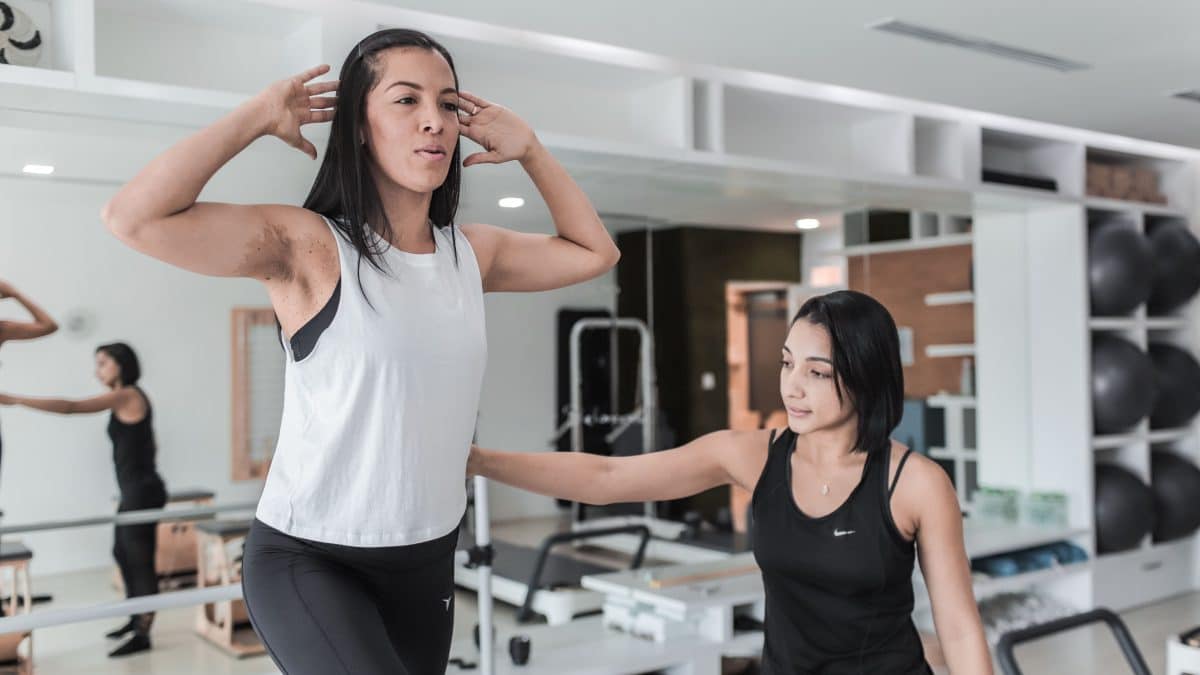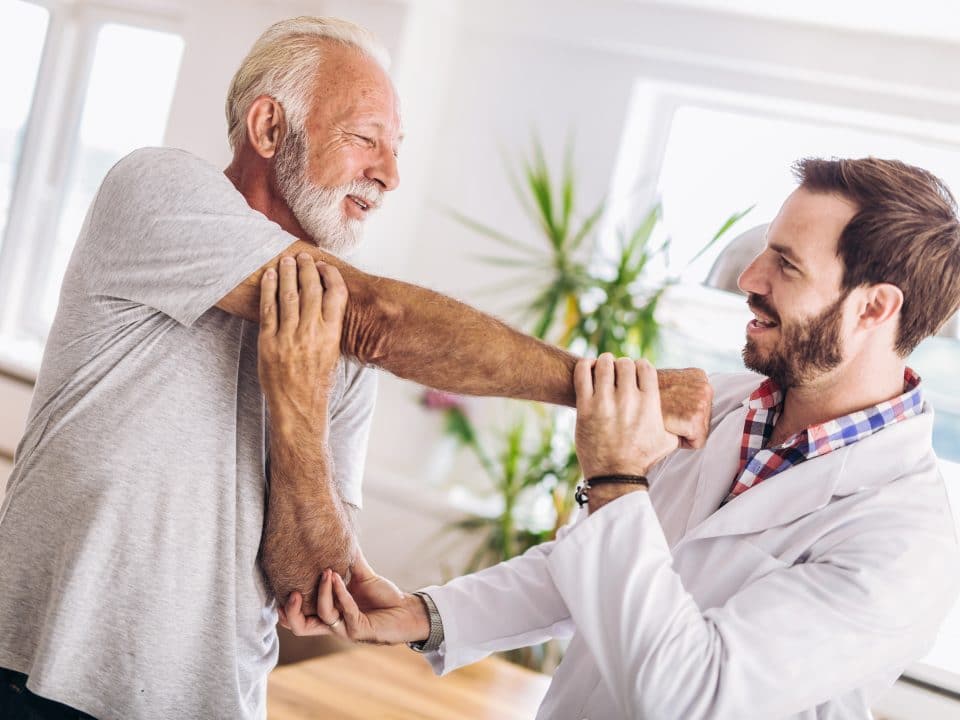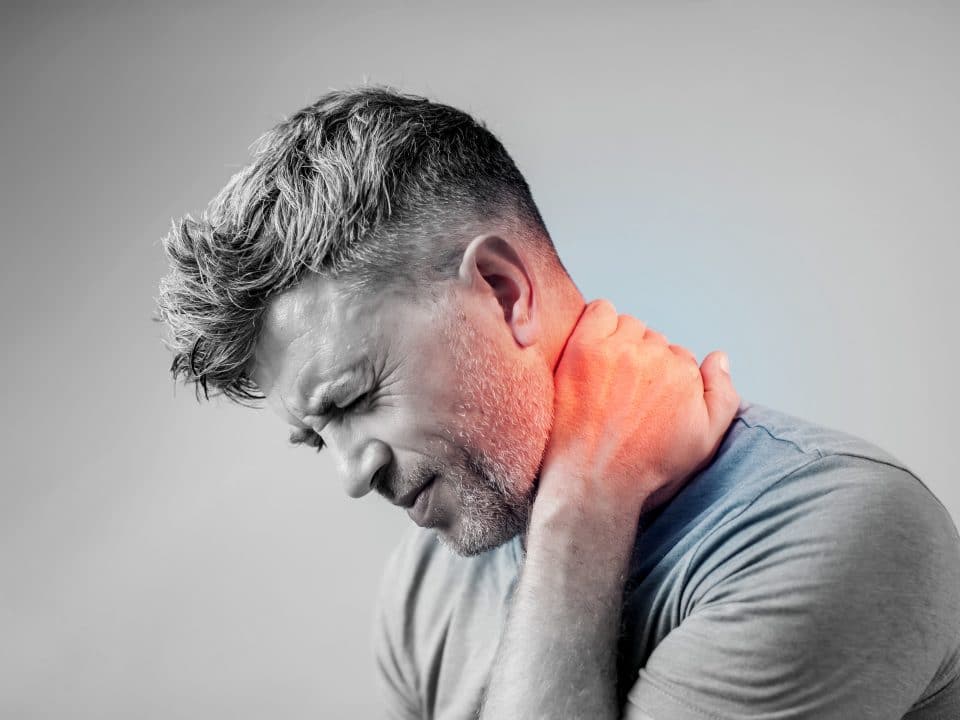The Benefits of Exercise For Your Bone Health

Why You Should Consider Prehab Before Your Knee or Hip Replacement Surgery
January 4, 2019
Physiotherapy & Minor Sports Injuries: Does It Work?
February 4, 2019When we think of the benefits of exercise many people imagine stronger muscles, toned abs, more defined bodies, and faster fat-burning potential. These are all true. But what people often overlook are the benefits exercise has on your bones.
Like the muscles in your body, your bones are living tissue that react to exercise and grow stronger, preventing the deterioration of bone density that can lead to osteopenia and potentially osteoporosis. So how precisely does exercise relate to your bone health overall?
Girls reach their full height by the age of approximately 15 years old, whereas boys reach their full height by about 18. After that, our height reduces by about an inch for every decade beyond the age of 40. This is largely unpreventable. Similar to hitting our peak height by a certain age, most people reach their peak bone density and strength by the age of 30. From there, it becomes an issue of maintenance rather than growth.
This is especially true for women, as they are at greater risk of osteoporosis than men. The reasons for this are plenty, namely that women start life with a lower bone density than men, and they lose bone mass more quickly once they hit menopause, at an average rate of approximately ⅓ their hip bone density to a man’s ¼ bone density.
However, this doesn’t mean men are immune. Men can also develop osteoporosis and, in fact, tend to be an underdiagnosed group. Because of this, there is now an effort being made amongst healthcare providers to raise awareness of these conditions amongst male patients.
So what can be done? Well, exercise!
There are specific types of exercise that work to help increase and maintain bone density. Weight-bearing exercises where your feet and legs support your weight are ideal, such as walking, stair climbing, hiking or dancing. While things like swimming and cycling are excellent for cardiovascular health, they don’t do a ton to benefit your bones; it’s that higher level of impact that creates those benefits. It’s recommended that most people get approximately 30 minutes to an hour’s worth of vigorous exercise three to five times per week, and walking as little as 8 km per week can actually help build bone strength depending on your age.
Resistance training is another excellent way to build and maintain bone strength. These are exercises where you work against the weight of another object, building both muscle strength and, consequently, bone strength. This can even help prevent fractures in the future. Free weights and resistance bands are excellent examples of resistance training that will help keep those bones strong! The osteoporosis society recommends 2x/week resistance training, and 5-10 minutes/day of back extensor training exercises for those with osteopenia and osteoporosis. It is also recommended that those diagnosed with osteoporosis should be performing 20min/day of balance exercises to help with fall prevention. This sounds like a lot, but there are an amazing number of ways that this can be incorporated into your everyday life. Why not stand on one leg while brushing your teeth, waiting for the elevator, or putting away the dishes!
If you make a point of including some of these exercises in your daily or even weekly routine, you’ll be sure to do your bones a great deal of good! The most important thing with any of this is to ensure you’re working out safely. So if you’re osteopenic or already have osteoporosis, be sure to consult with your family doctor before starting any exercise program to make sure you’re pursuing your goals in a safe way. Our therapists at Midtown Physiotherapy are Bonefit Certified and can help guide you through a program that is healthiest and safe for you!
Midtown Physiotherapy is a Toronto physiotherapy clinic offering client-centred and evidence-based treatment to help you get back to what you love. We offer appointments at our Yonge and St. Clair location, as well as home services for those unable to come to us.




